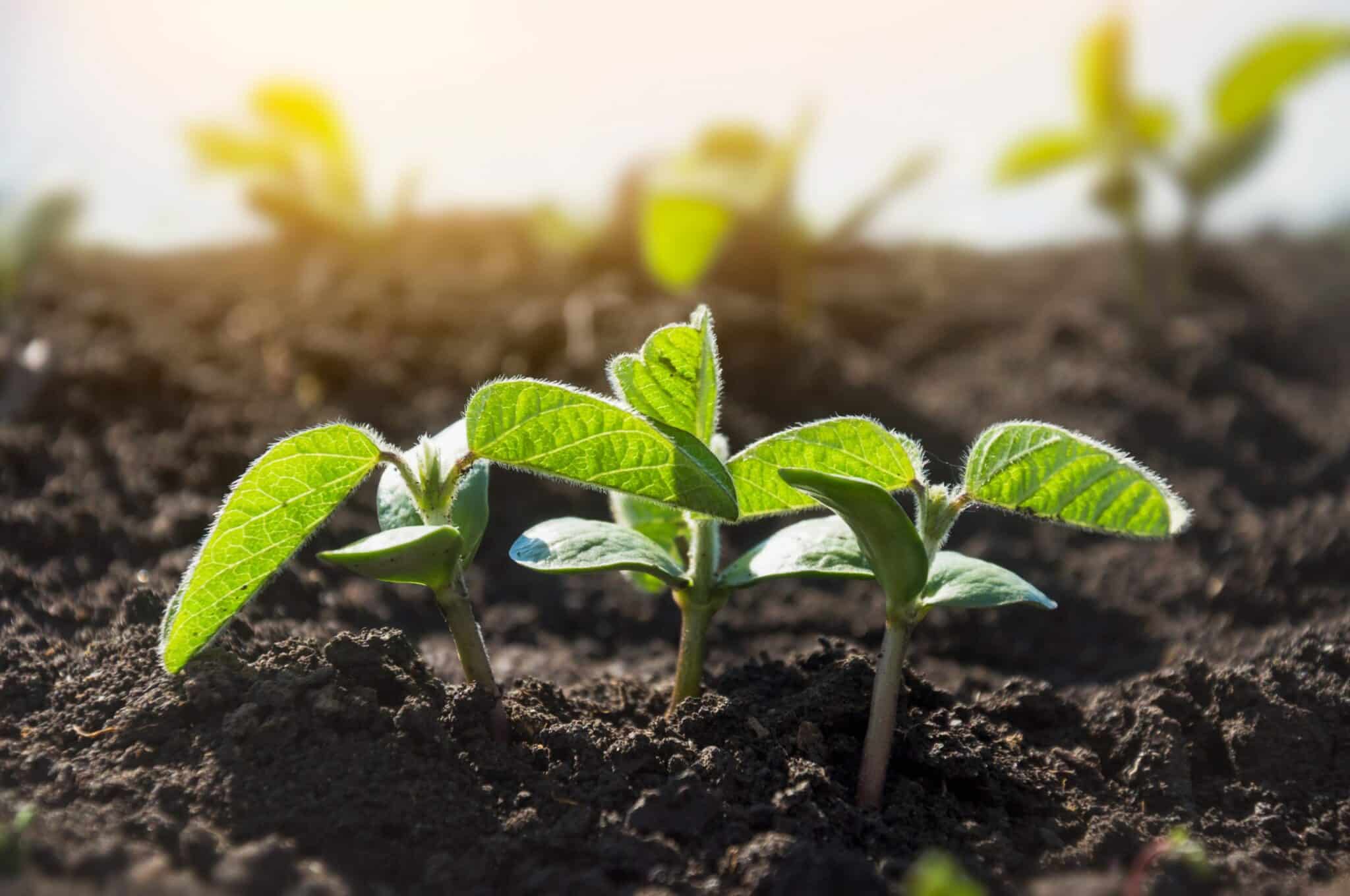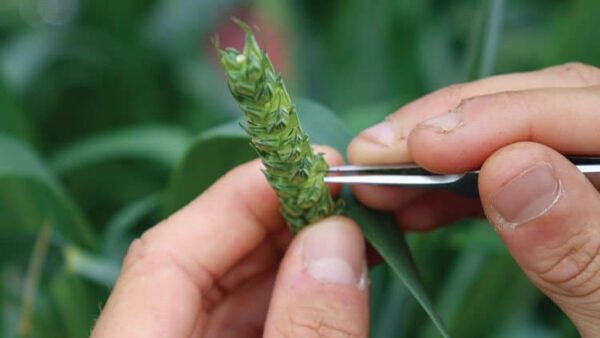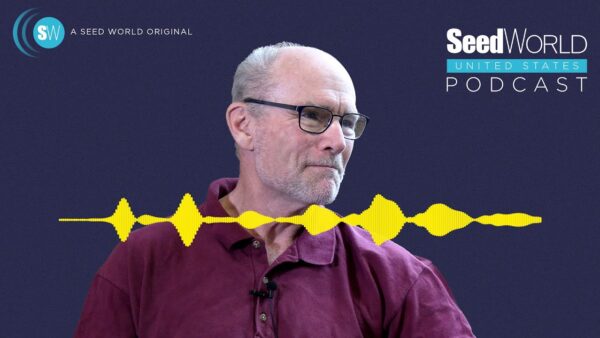Growers shift as commodity prices fall faster than inputs
Conditions are largely improving for grain and oilseed producers as 2023 ends, but input costs continue to dog growers who have seen commodity prices come off their 2022 highs.
Overall intended plantings in 2023 stood at 318 million acres, according to U.S. Department of Agriculture, National Agricultural Statistics Service, led by corn at approximately 92 million acres followed by soybeans at 87.5 million acres. But a shift is underway as margins tighten on corn thanks to market pricing that has fallen faster than input costs.
“The relative fall in commodity prices is more severe than the relative fall of inputs,” says Sam Taylor, a New York-based analyst specializing in farm inputs with the research division of international agricultural lender Rabobank. “It’s soybeans that look really favorable from a cost-return structure relative to last year.”
Rabobank estimates U.S. growers will plant upwards of 6 million additional acres of soybeans in 2024 due to better margins once all inputs from land to crop protection tools are tallied.
The signs are there in the latest USDA crop bulletins. Corn producers harvested just 87.1 million acres this fall but yields were up 10%. Pricing was off about 25%, averaging $4.94 a bushel this season, down from $6.54 a bushel a year ago.
Prices for soybeans were stable, by contrast, averaging $12.90 a bushel despite lower global production and higher demand. While the price should have increased, high domestic stocks offset other pressures.
The importance of soybeans as a source of oil for both food and biofuel promises to ensure their ongoing favor with producers, supported by smaller canola crops in North America and the ongoing effects of Russia’s war against Ukraine that has tightened the outlook for vegetable oil. (Ukraine together with the Black Sea region generally accounts for more than half of the world’s sunflower oil output and more than three-quarters of sunflower oil exports.)
“The commodity price itself [isn’t] falling off as a result of this anticipated deficit longer-term on [vegetable] oil as well as the biofuels mandate,” he says. “[It’s] just going to be an incentive to plant soybeans.”
Boosting the appeal of soybeans is the lower cost of inputs.
“It’s a materially improved cost structure relative to ’21 or ’22, in my view,” Taylor says.
Distributors who stocked on crop protection chemistries in 2021 as delivery timelines lengthened are now destocking, moving product to market at low prices. Meanwhile, fertilizer costs have also come down, with ammonia prices down about 50% and potash off about 44%.
While the declines benefit growers at large, the 25% decline in corn prices as soybean prices have held stable mean soybean farmers are better positioned to take advantage of the savings.
And then there’s seed. While corn seed is on track to be up as much as 5%, soybean prices are stable or falling as high stocks and a competitive market keep prices low.
Two of the major suppliers, Bayer and Corteva, are locked in a fight for market share that has led Bayer to reduce prices on some of its seed. Bayer declined comment on the outlook for the seed market, but industry sources indicate that it has lost contracts for upwards of 2 million acres, making it keen to recover ground.
Taylor says the downward pressure on prices is similar to 2018 when companies began releasing seed with Dicamba-tolerant traits.
“You saw a fight for market share keeping prices really keen, and we’ve got that market dynamic playing out at the moment,” Taylor says. “They want to fight for market share, so they’re fighting on pricing.”
Without those pressures, the anticipated increase in soybean acres would mean higher prices, but growers have dodged that bullet for now.
Nevertheless, all growers are paying close attention to their margins. High land costs are affecting corn growers in particular. Many older growers are opting to hold onto their properties, leasing them out instead of selling, to generate ongoing income for retirement. This has insulated growers from interest rate increases on land purchases, but also forced them to fork out money on rent.
“It looks pretty crappy on the corn side, but if you’re well capitalized, you own the land, don’t have a high cost structure for the land, you can still eke out a decent profit,” Taylor says.
Other farmers are checking their access to debt, making sure lines of credit are available with lenders like Rabobank or investigating vendor financing with suppliers. Very few are scaling back.
“There needs to be a material change in margins for them to get out of those rotations,” Taylor says of farmers in the Midwest. “Growers are probably going to be still very keen to invest in inputs, maybe just in slightly a more judicious way, with a little bit more of a keen eye.”
Outside of those areas, in the more marginal growing areas of the northern and southern states, there may be greater fluidity and this will be impacted by policy decisions in Washington – where the closing months of 2023 were marked by delays in passing a new Farm Bill.
The previous bill expired at the end of September, and while certain policies are in place to ensure continuity, any delay creates uncertainties.
“There’s a lot of areas that we require consistency on in terms of USDA funding,” says Janae Brady, vice-president, government affairs with the American Seed Trade Association (ASTA). “The Farm Bill sets the standard for agricultural policy for the U.S., whether through reference prices or in Title I commodity programs, or through funding USDA research programs. This legislation is the risk management foundation for U.S. agriculture.”
Policies regarding cover crops are of particular interest as the crop sector looks at becoming more sustainable.
“Cover crops are a good example … as we look at conservation programs and conservation tools,” she says. “Are new policies being put in place that will increase demand for seed like cover crop seed or seeds utilized in other programs like the conservation reserve program?”
At this point, uncertainty over what programs and policies could be in place means the seed industry has difficulty gauging future demand.
“We as the seed industry are able to ebb and flow and pivot and make sure that we have the seeds that are necessary as farmers are making these decisions, but there has to be some certainty and predictability for our seed growers to have a general understanding of expected demand,” she says.
While the vast majority of most seed is produced in the market where it’s needed, international trade in seed is significant and full of opportunities.
“The global market for seed still shows great potential for the future introduction of improved varieties from the U.S.,” an ASTA policy paper states. “However, the implementation of robust intellectual property regulations, particularly in emerging markets around the globe, is necessary for the widespread introduction of new and improved U.S. varieties.”
International Seed Federation statistics rank the United States among the world’s largest suppliers of seed for row crops alongside France, Poland, Denmark and Germany.
Conversely, the world’s largest buyer is Belgium, at 1.2 million metric tonnes, followed by Italy, the Netherlands, Spain and Germany – all members of the European Union, where policies regarding gene-editing, novel technologies and plant-incorporated protection are poised for an historic loosening.
EU recommendations released in July 2023 propose the separation of gene editing and other new genetic techniques from the restrictions on GMOs, so long as the results are comparable to those possible through conventional breeding.
Mexico, a partner in the US-Mexico-Canada free trade agreement that replaced NAFTA in 2020, is moving in the opposite direction, however.
Mexico has announced plans to phase-out the herbicide glyphosate and ban the import of genetically modified corn for both human and animal consumption by January 2024. It has already banned cultivation of genetically modified corn, which it considers a credible threat to native corn varieties through uncontrolled cross-pollination.
The United States is challenging the ban and is carefully tracking ongoing developments.
“We’re tracking closely the biotechnology regulations that we’re seeing out of Mexico; we’re continuing to track as Europe and Canada release their regulations,” Brady says. “How does that align with what we’re seeing in the U.S.?”
In the U.S., the Environmental Protection Agency (EPA) issued a final rule in July that clarified its regulation for plant-incorporated protective traits that are similar to conventional crops.
It’s not just the barriers to trade that new policies create that trouble Brady. Research also needs to keep pace with growers’ evolving needs.
“We’re constantly looking at not just what is the farmer going to need next year, but what is the farmer going to need in 20 years that research and development needs to begin for now,” she says. “And do we have the right regulatory systems in place that will allow for that?”












